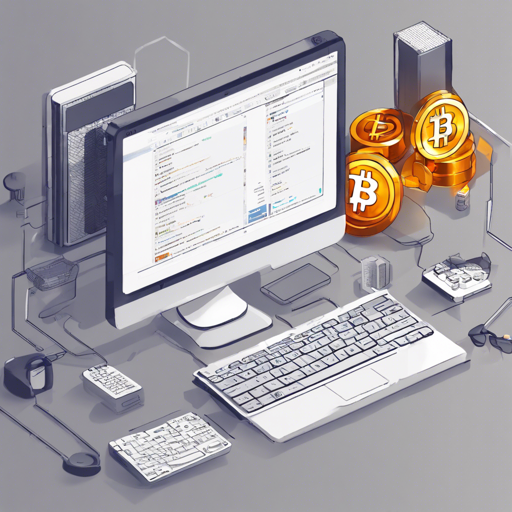If you’re curious about the Bitcoin blockchain and want to delve deeper by running your own explorer, you’re in the right place. BTC RPC Explorer allows you to self-host a thorough Bitcoin blockchain explorer using your Bitcoin Core node. In this guide, we’ll walk through the prerequisites, installation, and configuration steps to get you started on this exciting journey.
Prerequisites
Before you begin, ensure you have the following:
- Install Bitcoin Core – Follow the instructions here. Don’t forget to enable the RPC server by setting
server=1. - Let Bitcoin Core synchronize with the Bitcoin network. You can use BTC RPC Explorer while it syncs, but some features might not work properly during this time.
- Install Node.js (version 16+ required, version 18+ recommended).
Installation Steps
Now that you have the prerequisites sorted out, let’s install BTC RPC Explorer. You can choose any of the methods below:
Method 1: Install via npm
Make sure you have npm version 7 or higher, then run:
npm install -g btc-rpc-explorerMethod 2: Run from Source
- Clone the repository:
git clone https://github.com/janoside/btc-rpc-explorer - Navigate into the directory:
cd btc-rpc-explorer - Install dependencies:
npm install - Start the application:
npm start
Method 3: Install via AUR for Arch Linux
- Clone the AUR package:
git clone https://aur.archlinux.org/btc-rpc-explorer.git - Navigate into the directory:
cd btc-rpc-explorer - Build and install the package:
makepkg -csi - Enable the service:
systemctl enable --now btc-rpc-explorer
After installation, you can access the explorer at http://127.0.0.1:3002.
Configuration
Configuration can be handled either via environment variables or command-line arguments:
Configuration with Environment Variables
Create one of the following files:
~/.config/btc-rpc-explorer.env.envin the working directory for btc-rpc-explorer
Consult .env-sample included in the repository for available options and their formats.
Configuration with CLI Arguments
Run the following command to see available options:
btc-rpc-explorer --helpAs an example, you could run:
btc-rpc-explorer --port 8080 --bitcoind-port 18443 --bitcoind-cookie ~/.bitcoin/regtest.cookieFeatures of BTC RPC Explorer
- Network Summary dashboard
- Detailed view of blocks, transactions, and addresses
- Analysis tools for blocks, transactions, and miner activity
- JSON REST API
- Search functionality for transaction ID, block hash, and address
- Mempool summary with detailed breakdowns
- RPC command browser and terminal
Troubleshooting
While setting up your BTC RPC Explorer, you might run into some issues. Here are some tips to help you along the way:
- Ensure that your Bitcoin Core is fully synced if you encounter data retrieval errors.
- Double-check your RPC settings to ensure the server is enabled correctly.
- If your explorer fails to start, review your Node.js version compatibility.
- If using Electrum servers, confirm their connectivity with your Explorer.
For more insights, updates, or to collaborate on AI development projects, stay connected with fxis.ai.
Conclusion
By following these steps, you’ll have a robust self-hosted Bitcoin explorer that not only shows the blockchain but allows you to fully leverage your Bitcoin node’s capabilities. At fxis.ai, we believe that such advancements are crucial for the future of AI, as they enable more comprehensive and effective solutions. Our team is continually exploring new methodologies to push the envelope in artificial intelligence, ensuring that our clients benefit from the latest technological innovations.

